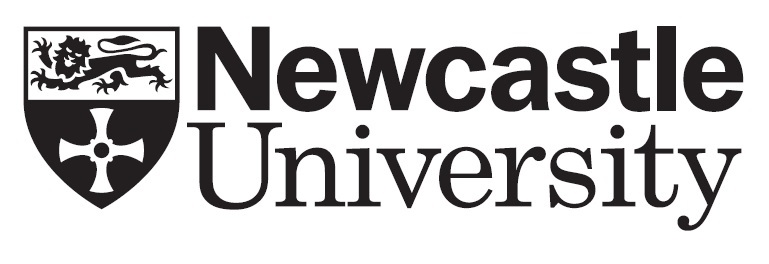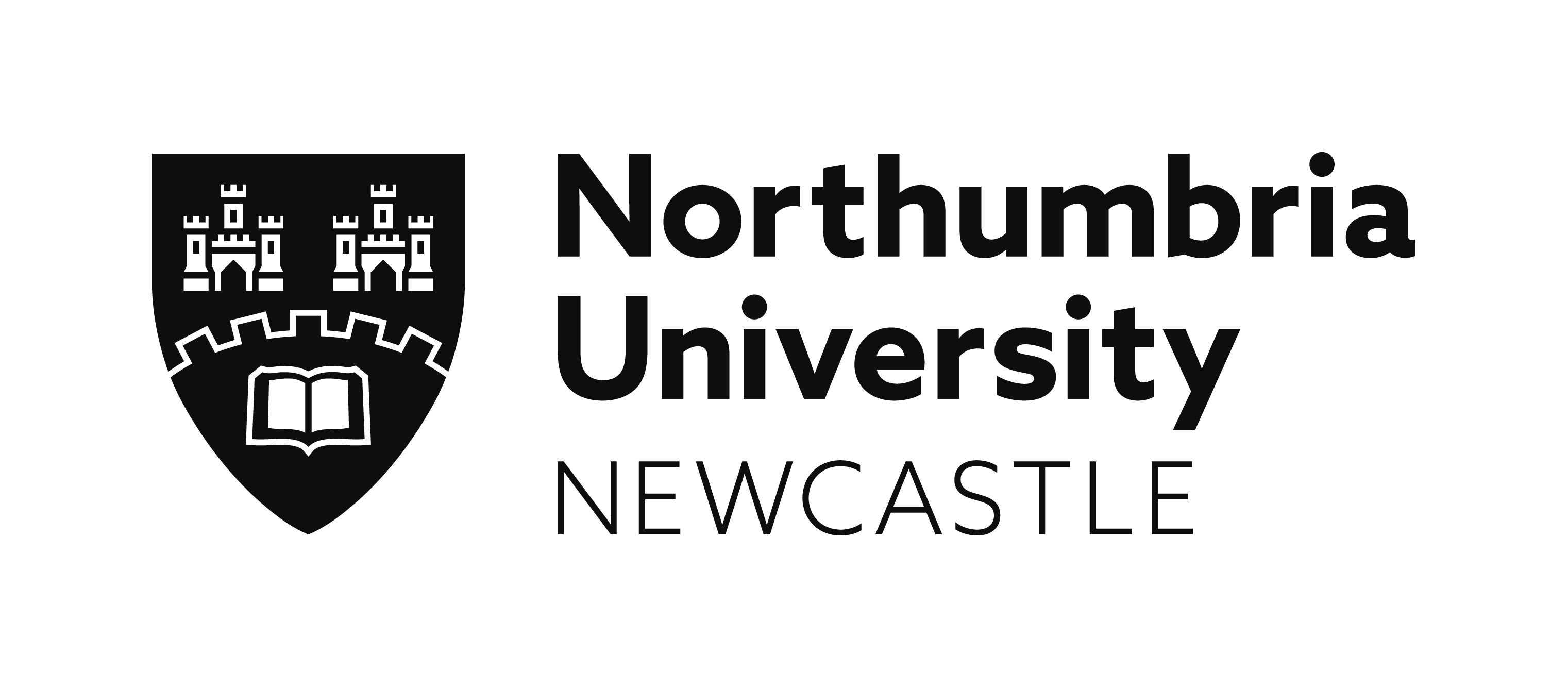‘Queer’ ‘British’ ‘Art’? – Theory and practice since 1970
Theo Gordon, The Courtauld Institute of Art
How can the history of art and fine art practice in Britain trouble our understanding of the development of queer theory? The significance of disciplines such as literature, philosophy or sociology to the place of ‘queer’ in the academy appear unequivocal; that of art and art history, less so. Similarly, the contributions of cultural producers in France and the US appear foundational to ‘queer theory’, whilst that of those in Britain seem under-articulated.
This session features papers exploring the synergies, overlaps and influences between art produced in Britain and the emergence of queer theory since 1970, with attention to the sociocultural circumstances of ‘queer’ artistic production in Britain, the porosity and particularity of national boundaries, and the transnational movement of artists, writers and theories. Not content with any hegemonic or hermetic national narrative, this session asks how to trouble the historiography of queer theory by practising a history of detail that attends to the circumstances of how art and artists in Britain have contributed to a transnational discourse of queer art and culture.
Speakers
Ecstatic Antibodies: Resisting the AIDS mythology
Theo Gordon (The Courtauld Institute of Art)
Sunil Gupta’s Queer Family Photography
Greg Salter (University of Birmingham)
‘Defined by Her Absence’: Yve Lomax and the queer dissolution of seeing
Kimberly Lamm (Duke University)
Click here to download this session's abstracts or view below
Ecstatic Antibodies: Resisting the AIDS mythology
Theo Gordon (The Courtauld Institute of Art)
This paper examines the 1990 exhibition, Ecstatic Antibodies: Resisting the AIDS Mythology, a group show of photography, video, film and installation curated by Tessa Boffin and Sunil Gupta. The development of the exhibition out of the ‘AIDS and Photography’ group at the London Lesbian and Gay Centre will be charted, with attention paid to its collaborative structure and its gathering of a number of key artists working on gay, lesbian and black representation at this moment. The exhibition’s troubled tour across 1990–93 will be outlined; in particular, its local impacts and regional gathering of artists, activists, and cultural and healthcare workers in York, Birmingham, London, Glasgow, Cardiff, Montréal and Dublin, as well as its controversial censorship by Salford City Council due to Section 28.
It will be argued that Ecstatic Antibodies had a galvanising and diverse effect on artistic representations of, and activist responses to, HIV/AIDS across Europe and North America. In particular, that a number of the featured artists engaged with notions of ecstasy, as a transcendence of the unified self, to perform multiple interventions into the reification of fixed identity categories, and that this effort was key to its impact and controversy.
Sunil Gupta’s Queer Family Photography
Greg Salter (University of Birmingham)
Sunil Gupta’s photographs attend to some of the most significant aspects of recent queer British history, particularly the impact of the AIDS crisis and Section 28. At the same time, his work also addresses queer migrations (inspired, in part, by his migration with his family from Delhi to Montréal as a teenager, then his own moves to New York and London) and queer identities outside of the West (focusing particularly on India). As a result, his photography has much to contribute to the increasingly urgent debates in queer theory that have sought to explore the implications of transnational queer perspectives, experiences and methods; they also demonstrate the presence of these debates in Britain in the 1980s and 1990s.
This paper explores how Gupta’s practice in Britain in those decades adopted a flexible, critical and expansive approach to family photography in response to significant social change in Britain and to make visible, crucially, their relationship to wider global queer contexts. Gupta’s queer family photography entwines, across multiple photographic series, the hopes and failures of the migrant family from South Asia, emerging queer couple forms and communities in Britain in the context of AIDS and Section 28, and emerging queer couple forms and communities in India. This paper explores how Gupta’s expansive queer family photography puts forward a complex kind of queer British history – operating across radical intimacy and liberal normalcy, nuclear and queer families, and national borders – that complicates our understanding of queer theory’s development.
‘According to Tim Dean (2010), Leo Bersani’s contribution to queer theory rests upon his rendering of psychoanalysis as fundamentally incoherent and a textual enactment of the ego’s dissolution. As Dean explains, Bersani’s queer theory presents an iteration of psychoanalysis in which ‘sexuality remains at some level incompatible with coherent selfhood’ (388). This understanding of sexuality – as a textual dissolve at odds with subjective coherence – is the absent centre around which queer theory productively revolves and through which queer theorists see.
To demonstrate how British art has contributed to this aspect of queer theory, my paper turns to the artwork Yve Lomax produced in the early 1980s, particularly Open Rings and Partial Lines (1983), which was included in Mary Kelly’s exhibition ‘Beyond the Purloined Image’. As Griselda Pollock (1988) explains, the point of this exhibition was to ‘distinguish the British artists from their American counterparts’ who depropriate and détourne media imagery (174). Lomax’s artwork highlights the queer possibilities of this particularly British détournement. According to Pollock, the format of Open Rings and Partial Lines ‘is a protest against the binary oppositions which underpin the heterosexist regime of sexual difference’ and that Lomax deploys montage to ‘refuse wholeness either of woman or in a binary pairing of man and woman’ (175). This protest and refusal are evident most explicit in Lomax’s use of the image to stage a meditation on the instability of vision, and I make the case that the feminist art to emerge out of Britain in the late 1970s and early 1980s contributed substantially to the dissolution of seeing that queer theory names.
‘Defined by Her Absence’: Yve Lomax and the queer dissolution of seeing
Kimberly Lamm (Duke University)
Exemplified by the work of Leo Bersani, a certain iteration of queer theory utilizes psychoanalysis as a textual enactment of the ego’s dissolution. The idea of sexuality animating Bersani’s psychoanalytic form of queer theory—as a textual dissolve at odds with subjective coherence—is the absent centre around which queer theory productively revolves and through which many queer theorists see. To demonstrate how British art has contributed to this aspect of queer theory, my paper turns to the artwork Yve Lomax produced in the early 1980s, particularly Open Rings and Partial Lines (1983), which was included in Mary Kelly’s exhibition Beyond the Purloined Image (1983). Challenging heterosexist binaries, Lomax’s artwork highlights the queer possibilities of a particularly British détournement. My essay will investigate how Lomax uses the image to stage a meditation on the instability of vision, and I make the case that the feminist art to emerge out of Britain in the late 1970s and 1980s contributed substantially to the dissolution of seeing that queer theory now names.
|
|
|
|
|
|
Supported by
Conference Sponsors
![]()
Sponsored by
ASSOCIATION FOR ART HISTORY
![]()
Terms & Conditions
![]()


